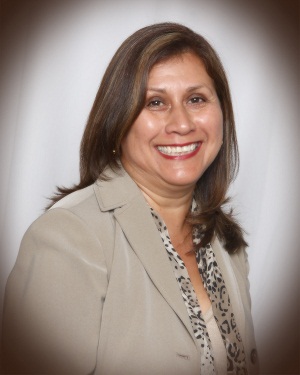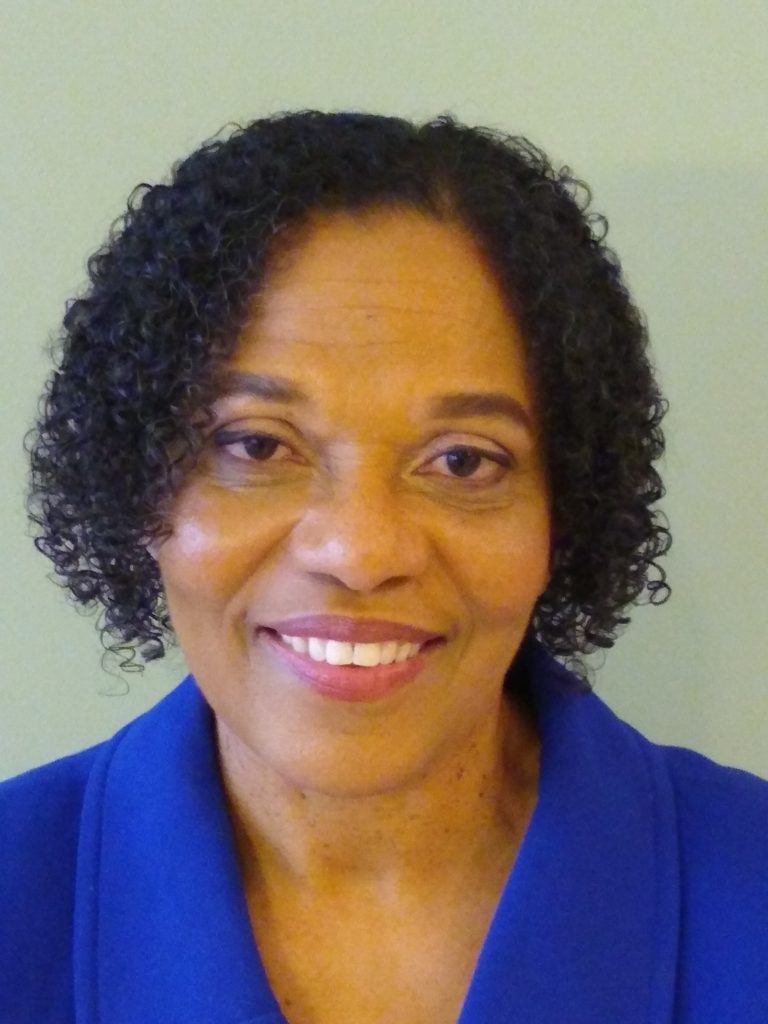The Work of School and Public Health Nurses Has Never Been More Important
Whether in a big city or a rural town, one thing is certain: the COVID-19 pandemic and all its ripple effects are far from over and are likely to endure. This is especially true for historically under-resourced communities that rely on school and public health nurses to address a myriad of challenges facing kids and their families.
As long-time school and public health nurses who have spent our careers supporting communities, particularly those with low incomes and communities of color, we know that so much of our work goes beyond physical health. We work to address challenges from housing instability to food insecurity to mental health crises. COVID-19 has exposed and worsened these inequities. For us, health disparities are not abstract concepts. They are deeply personal and challenges we’ve seen first-hand.
As the National Academy of Medicine’s recent Future of Nursing 2020-2030 report lays out, tens of thousands of nurses like us are embedded in communities across the country. We build relationships and engender trust with people of all backgrounds. We’re in schools, we staff local health departments, we visit people in their homes, and we administer vaccines—likely in your neighborhood.
For years, school nurses have been the only frontline health care touchpoint for many of the nation’s 57 million students, particularly children of color, those with lower incomes and those in areas with fewer resources. But the COVID-19 pandemic has intensified our role. We’ve helped schools navigate reopening safely while addressing a range of challenges that children are shouldering, including an uptick in depression and anxiety.
The same goes for public health nurses. We contact trace, administer COVID-19 tests, and educate people about vaccines. Outside of the pandemic, we bring health services to people who otherwise may not have them at all. Our hallmark is building relationships and understanding how a person’s environment—from the food they eat to the air they breathe—affects their health.
Though the importance of our work has never been more evident, the last year has made clear that school and public health nurses need much more support from local, state, and federal leaders.
In our country, one in four schools don’t have a school nurse on staff. Even when schools do have one, the nurse works at three schools on average. Although every dollar invested in school health services saves more than twice that in avoided medical procedures and lost productivity of teachers and parents, there are not enough school nurses to serve our students.
The same goes for public health nurses. A big part of our work is building relationships: take California’s nurse-family partnership program, which is part of a larger national program, where nurses work with first-time young parents who are at higher risk of complications and have lower incomes. These nurses work with parents from pregnancy to the child’s second birthday. We’re most effective when we invest time in fostering connections like these. Of families participating in the program in California, more than 90 percent of infants were born at full term and received all inoculations by their second birthday. But in our country of 328 million people, state and local health departments employ just 34,521 full-time registered nurses—not nearly enough to serve our communities.
Because of the pandemic, policymakers have a greater appreciation for school and public health nurses. The American Rescue Plan has allocated $500 million to health departments to fund school nurses and $7.6 billion to expand and train the public health workforce. We urge state and local leaders across the country to invest those dollars immediately in expanding our services so we can ensure under-resourced communities are getting the support they need to be healthy and well.
But this support must be sustained far beyond the pandemic. One way to bolster this effort: invest in collecting data on the health and well-being of communities and measuring the impact of school and public health nurse services on those outcomes. We need these data to understand what interventions work, what communities require, and where more support is needed. There is no one-size-fits-all solution—we must listen to and honor what each community and individual needs.
The United States has undervalued school and public health nursing for far too long. As school administrators and public health officials navigate this evolving pandemic, we urge them to support us as essential partners. Investing in our work will pay dividends in lifting up communities today, tomorrow and for years to come.

Angie Millan was a public health nurse in Los Angeles for more than 25 years and served as president of the National Association of Hispanic Nurses from 2010 to 2012.

Donna Mazyck worked as a school health nurse at the local and state levels for nearly 20 years and currently serves as executive director of the National Association of School Nurses.
